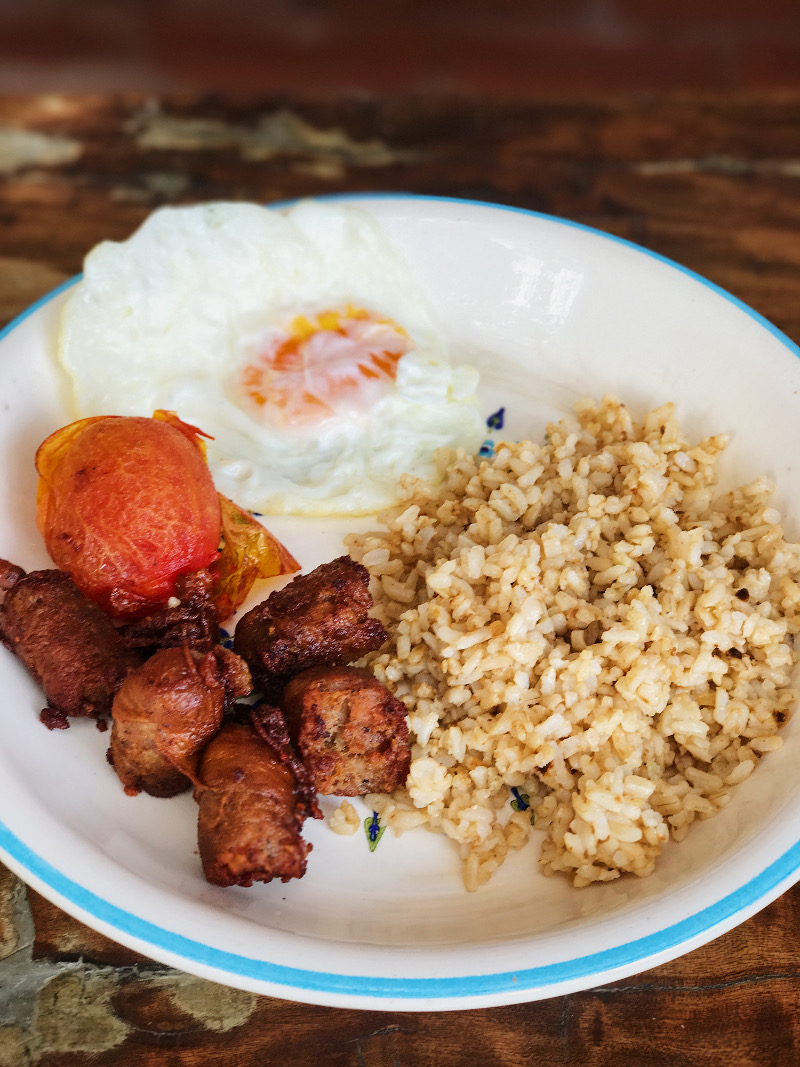By Noelle San Jose
On July 3, 2020, Philippine President Rodrigo Duterte signed into law the “Anti-Terrorism Act of 2020” (‘ATA’)— the latest example of the ever-worsening human rights conditions in the Philippines. It had been sitting on his desk as a bill and would’ve automatically become law on July 9th, but he signed it early. The title of the law is a bit misleading: anti-terrorism is a good thing, right? Well, not the way this law defines “terrorist activities.” For example:
Worker’s strikes / pickets or public protest actions could be interpreted as “terrorism.” Under the law you can be suspected of terrorism if your actions cause or create “intimidation of the public, promotion of messages of fear, intimidation of the government, destruction or destabilization of the economy, politics, and society, to create public emergency and undermine public safety.”
Speaking at a rally, giving a presentation to a class, holding a sign, posting a meme, or video could constitute “terrorism.” According to the law terrorist activities include any “means of speeches, proclamations, writings, emblems, banners or other representations of the same.”
Even worse, accusations will be interpreted by an appointed (not elected) council. The law poses a serious threat to human rights defenders and activists who have long been critical of the government’s bloody drug war, attacks on press freedom, and crackdown on opposition and dissent. It also poses huge risks to privacy by giving the state power to surveill suspected terrorists and arrest activists, journalists, and social media users by simply accusing them of terrorist activities.
The Anti-Terror Law comes at a time when the COVID-19 pandemic in the Philippines remains unresolved, and record-breaking unemployment challenges working class families to put food on the table. If protesting is the language of the unheard, what happens when the right to assemble is seen as terrorism?
As with Martial Law, those hit hardest by Draconian laws such as the Anti-Terror Bill will undoubtedly be poor and working class Filipinos who already suffer from the ever worsening economic and social conditions brought by Duterte’s administration. Those who lift up the issues of poor farmers / peasants and working class Filipinos will be arrested, detained, and even killed in the government’s vain attempt to decisively silence the rising clamour of dissatisfaction and longstanding demands for genuine employment opportunities or accessible and quality social services to name a few.
Get Involved!
Human rights organizations around the world have been watching the Duterte presidency for four years now, and locally Boston PEAR and Malaya Movement Northeast are working hard to ensure activist voices are not silenced under this new law. But we need YOUR help as Filipino Americans to raise awareness and build support for this movement! Here are ways you can get involved:
Join the Global Day of Action to Condemn Duterte’s Anti-Terror Law on July 8th!
Attend Boston PEAR’s #JunkTerrorLaw Phone Bank Zoom Party
Follow Malaya Movement Malaya’s Week of Resistance vs Duterte’s ‘Anti-Terror Law, and join a local action against the Anti-Terror Law
Use your voice!
Call and email your legislators here in the US and ask them to condemn Duterte’s Anti-Terror Law. Ask them to sponsor the Philippine Human Rights Act using Malaya Movement’s sample scripts here. (Find your representative or senator)
Share the petition supporting the Philippine Human Rights Act on your social media pages
Write and release statements from your organizations condemning Duterte’s Anti-Terror Law with Malaya’s Movement’s Toolkit! Use the hashtag #JunkTerrorLaw














